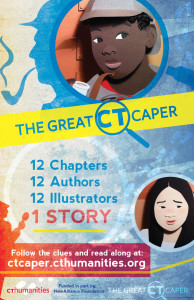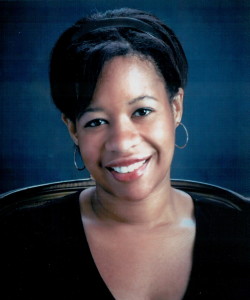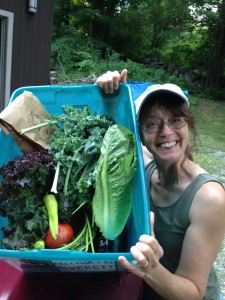As I gear up for the 2015 New England SCBWI conference (#NESCBWI15), I thought I’d share some highlights from the last one I attended (I missed the 2014 conference due to being very pregnant!). And in the next couple of weeks, look for my gems from this year’s conference. Enjoy!
The 2013 New England SCBWI conference was amazing (of course it was…these conference are always amazing)! Caught up with old friends, including the very talented Kimberly Sabatini and Jodi Moore, and met some new ones. Left feeling inspired and exhausted, and I’m still brimming with creative juices.
One of the highlights for me was seeing my book covers up on the screen in the ballroom during the downtime/announcements/mealtime in the ballroom!
I’ve collected a few conference gems that resonated with me. A quick note about why I use italics instead of quotation marks…these are not necessarily direct quotes, some may be close to what the speaker actually said and others are my own rewording/interpretation as I scrambled to take notes during the speeches and presentations. So without further ado, here they are:
- We should meet the world with all our senses. (Jeannine Atkins)
- What’s outside in the setting can reflect what’s going on in the inside of a character, but it can also be in contrast to what’s being felt. (Jeannine Atkins)
- How do we access that which we are trying to recreate when we’re sitting at our desks or computers? Sometimes we need a sensory kick in the pants. (Dawn Metcalf)
- We work with art and it can evoke an objective response. (Ruben Pfeffer)
- It was as if someone else’s words had opened up a whole host of words in me. (Sharon Creech)
- As writers we want company; we need company. You come along too, please. (Sharon Creech)
- Revision is finding and strengthening the heart of a story, and revision is messier than people want it to be. (Kate Messner)
- Maybe I had to stop trying to prove to people I was good enough and just had to do the work I was passionate about. (Grace Lin)
- Every story has a message, whether or not the writer was aware of it or intended it. (Chris Eboch)
- I come to one little detail that sort of wakes up my mind and then start amassing details like constellations. (Jeannine Atkins)
- Writers are somewhat schizophrenic; we hear voices in our heads; we listen instead of conversing. (Padma Venkatraman)
- Go down the rabbit hole. (Greg Fishbone)
Personally, I feel like I stretched myself not only as a writer but as a person. I jumped headlong into any writing activities that came up in the workshops I attended, even braving to share some of my raw work in front of others. I dared to act out an emotion for others to write about (and I have terrible stage fright when it comes to acting anything). I drove to the train station by myself in a city I’d never been to and picked up another author. So all in all, a fantastic weekend!























